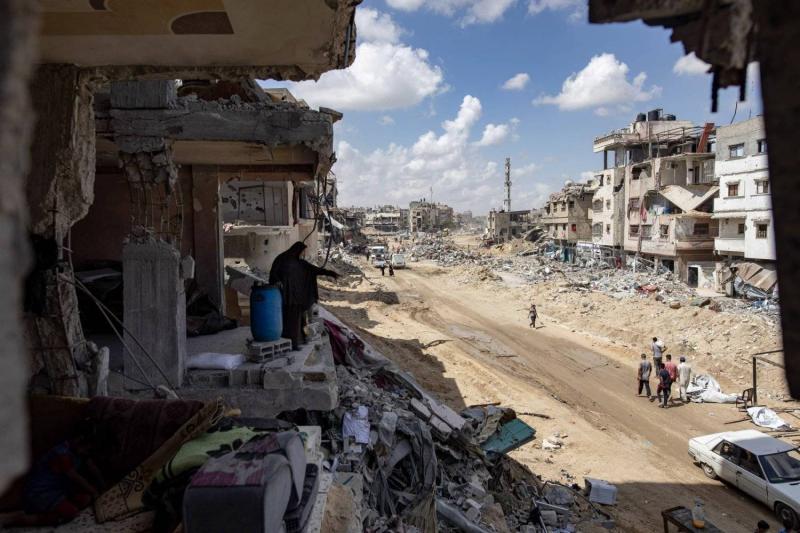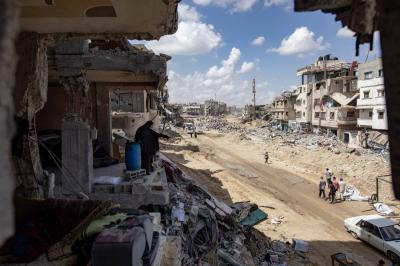Half a year has passed since the war began, and both Israel and Hamas can continue fighting for another six months. The true victims are the people of Gaza; neither Hamas nor Israel are the real losers. They are paying the highest price, with around 35,000 dead and seventy thousand injured, most of the living struggling in camps and on the streets. Israel's threat to invade the last place in Gaza, the city of Rafah, may seem like bargaining to increase pressure on Hamas's leadership to accept its terms for a ceasefire, which includes relinquishing control of the strip and leaving. While this is indeed a pressure tactic, Hamas knows Israel's intentions and capabilities regarding Rafah, especially with two million people to evacuate. Israel has previously attacked northern Gaza, the city of Gaza, Deir al-Balah, and Khan Yunis, displacing residents from these areas. The scenario of destruction and displacement could repeat, and nothing prevents Israel from doing so.
This war differs from previous ones in Lebanon and Gaza itself in that there are no factors that could stop the stronger power from fighting. For example, Israel's immense financial losses since October, along with the losses from the ongoing combat, will be compensated by its allies. There is no UN Security Council resolution mandating a ceasefire or preventing countries from arming the warring parties; the Security Council has become a battleground among three powers: the US, Russia, and China, with one side always threatening a veto. There is no force providing military aid to Hamas that might compel Israel to accept a political resolution. Iran only retaliated once in response to the bombing of its diplomatic mission in Damascus. Hamas is fighting alone; even its allies, Iran and Hezbollah, denied prior knowledge of its attack on October 7.
It would be good news if any agreement were reached, however meager, after the people of Gaza hoped for the beginning of the year to see an end to fighting that has yet to cease. Ramadan has come and gone, festivities have passed, and we have entered the second half of a year marked by war! The hope is that an agreement will end the war, not just halt it. We also know that suffering will not cease with the war, as Gaza's cities lay in ruins. Most of the funding promises we will hear about later, along with the conferences scheduled for them, rarely materialize. Millions of displaced people have been waiting for years in Syria, Libya, Sudan, and Yemen, and reconstruction has not begun in their war-ravaged areas.
Thus, we hope Hamas does not test the Israelis, does not rely on protests in the West, and preserves what remains of Rafah, giving political solutions a chance, while cooperating with the Palestinian Authority despite any disagreements. In Gaza's crisis, there are two wars: the field combat and everything else—accompanying noise like university protests, invitations to the International Court, and debates in the Security Council—none of which have stopped the fighting or changed U.S. government decisions. Only the battle on the ground matters; if Israeli forces enter Rafah, they will increase their demands on Hamas and the region. For months, Arab mediators have tried to convince Hamas to accept a solution that would end the tragedy. It seems that the issue lies with the movement’s leadership in Gaza, not with its external political leadership, which had previously expressed readiness for a political solution that first stops the destruction and killing, facilitates the release of hostages and prisoners from both sides, and accepts a Palestinian administration to govern Gaza and prevent turning the strip into an Israeli military zone.
Can these efforts prevent a raid on Rafah and its destruction?




